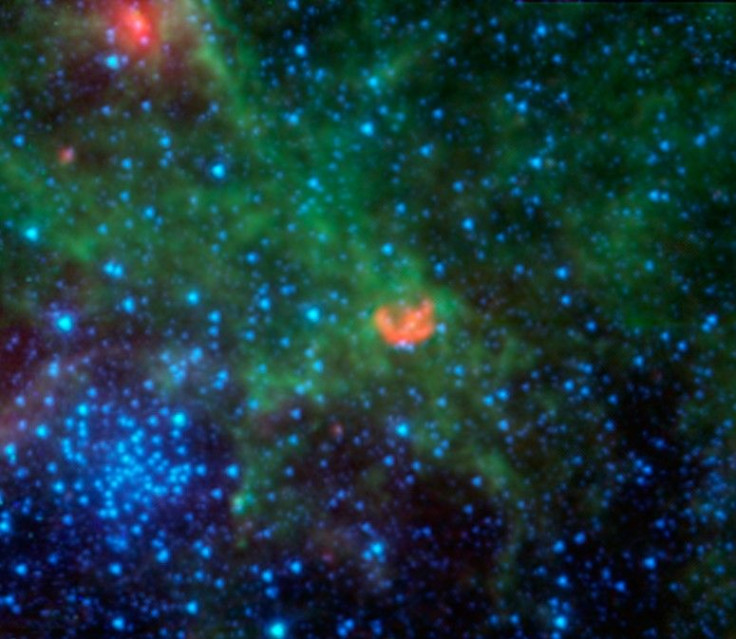Some Supernova Explosions Triggered By Dead Stars That Act Like ‘Cosmic Zombies’

Scientists using NASA’s Spitzer Space Telescope have discovered that not all powerful supernova explosions mark the end of massive stars’ lives, as some of those stellar blasts also involve the detonation of small, dense stars called white dwarfs that are already dead.
As part of the study, scientists examined a rare explosion of a Type Ia supernova, a common supernova class, and found that the blast was triggered by a dead star, which "fed" off an aging star, acting like a “cosmic zombie.” The researchers believe that the new findings will help them better understand how these powerful events occur in the universe.
“It's kind of like being a detective,” Brian Williams of NASA's Goddard Space Flight Center in Greenbelt, Md., and the study’s lead author, said in a statement. “We look for clues in the remains to try to figure out what happened, even though we weren't there to see it.”
According to the general consensus, supernova explosions occur when two orbiting white dwarfs collide. However, there is only one notable exception in the form of Kepler's supernova, which is thought to have been triggered by the collision of one white dwarf and an elderly companion star.
Now, the latest findings provided by Spitzer suggest the existence of another case of a supernova remnant that resembles Kepler's supernova. The newly discovered supernova remnant called N103B is nearly 1,000 years old and is located 160,000 light years away in the Large Magellanic Cloud, a small galaxy near the Milky Way.
Here is how NASA explains how both the Kepler and N103B explosions might have occurred:
An aging star orbits its companion -- a white dwarf. As the aging star molts, which is typical for older stars, some of the shed material falls onto the white dwarf. This causes the white dwarf to build up in mass, become unstable and explode.
“It's like Kepler's older cousin. The region around the remnant is extraordinarily dense,” Williams said, adding that there are no recorded sightings of the supernova explosion that created N103B.
© Copyright IBTimes 2024. All rights reserved.






















